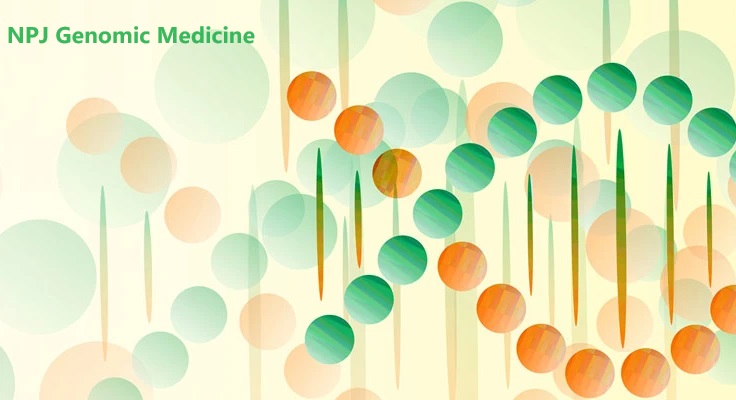肿瘤基因组测序遗漏了具有临床意义的种系致病性变异。
IF 4.7
2区 医学
Q1 GENETICS & HEREDITY
引用次数: 0
摘要
即使肿瘤基因组测序结果不表明存在种系致病性变体,也可能存在种系病原性变体。种系和体细胞实验室在检测设计和变异报告方面存在关键差异。在适当的情况下,应完成这两项测试,以帮助做出治疗决策,并确定最佳筛查和降低风险的干预措施。本文章由计算机程序翻译,如有差异,请以英文原文为准。
Clinically significant germline pathogenic variants are missed by tumor genomic sequencing.
A germline pathogenic variant may be present even if the results of tumor genomic sequencing do not suggest one. There are key differences in the assay design and reporting of variants between germline and somatic laboratories. When appropriate, both tests should be completed to aid in therapy decisions and determining optimal screening and risk-reduction interventions.
求助全文
通过发布文献求助,成功后即可免费获取论文全文。
去求助
来源期刊

NPJ Genomic Medicine
Biochemistry, Genetics and Molecular Biology-Molecular Biology
CiteScore
9.40
自引率
1.90%
发文量
67
审稿时长
17 weeks
期刊介绍:
npj Genomic Medicine is an international, peer-reviewed journal dedicated to publishing the most important scientific advances in all aspects of genomics and its application in the practice of medicine.
The journal defines genomic medicine as "diagnosis, prognosis, prevention and/or treatment of disease and disorders of the mind and body, using approaches informed or enabled by knowledge of the genome and the molecules it encodes." Relevant and high-impact papers that encompass studies of individuals, families, or populations are considered for publication. An emphasis will include coupling detailed phenotype and genome sequencing information, both enabled by new technologies and informatics, to delineate the underlying aetiology of disease. Clinical recommendations and/or guidelines of how that data should be used in the clinical management of those patients in the study, and others, are also encouraged.
 求助内容:
求助内容: 应助结果提醒方式:
应助结果提醒方式:


